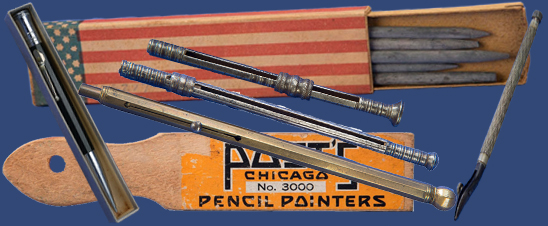This 5-3/8" steel, German silver, and black plastic drawing pen is marked on its adjusting screw: 0 | 2 | 4 | 6 |8.The donor, Sebastian J. Tralongo (1928–2007), served in the U.S. Navy during World War II and then worked for the Vitro Corporation in Rockville, Md., for 35 years.
- Description
-
This 5-3/8" steel, German silver, and black plastic drawing pen is marked on its adjusting screw: 0 | 2 | 4 | 6 |8.
-
The donor, Sebastian J. Tralongo (1928–2007), served in the U.S. Navy during World War II and then worked for the Vitro Corporation in Rockville, Md., for 35 years. He patented a device for signaling from deeply submerged submarines. This pen was received with several other drawing instruments in a wooden box, 1984.1071.13.
-
References: "Tralongo, Sebastian James 'Subby'," Hartford Courant, May 26, 2007; Sebastian J. Tralongo, "Submarine Signal Device" (U.S. Patent 2,989,024 issued June 20, 1961); "Vitro Corp. – Company Profile," http://www.referenceforbusiness.com/history2/25/Vitro-Corp.html.
- Location
-
Currently not on view
- date made
-
mid 20th century
- ID Number
-
1984.1071.07
- accession number
-
1984.1071
- catalog number
-
1984.1071.07
